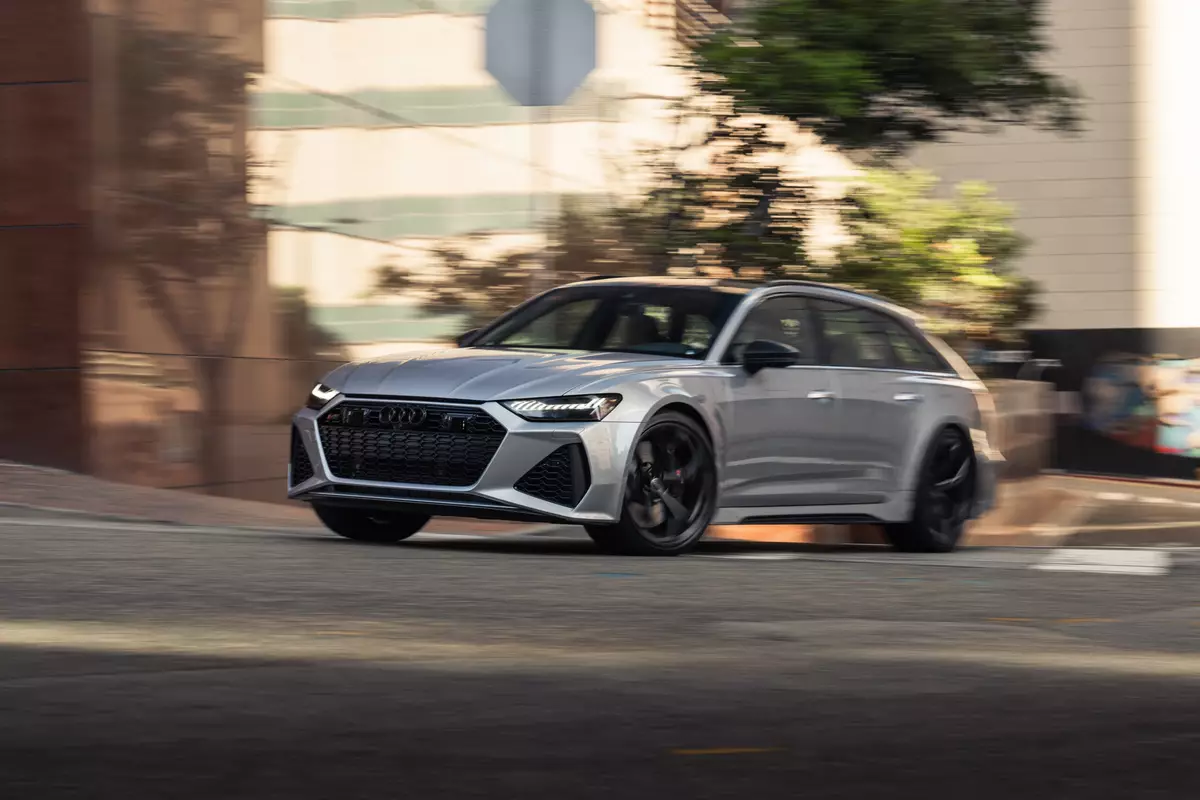2016 Nissan Altima: First Drive

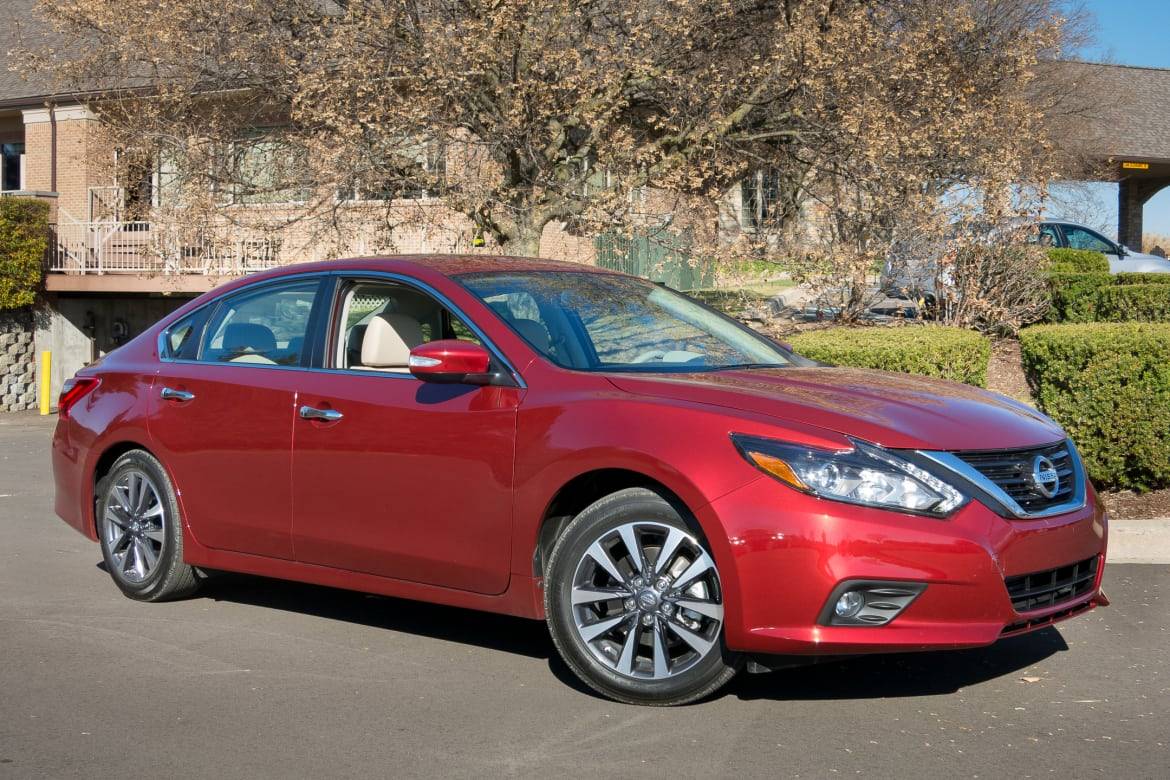
Midsize family sedans are still a hot segment, despite the meteoric rise of the crossover utility vehicle. The Nissan Altima has consistently placed a solid third in the sales race behind the perennially popular Toyota Camry and Honda Accord. But with both of those models receiving recent updates, Nissan smartly freshened the Altima to keep it competitive among the market leaders. I took a very brief spin in the updated 2016 Nissan Altima around the outskirts of Ann Arbor, Mich., to see if all the modifications Nissan has made will keep the Altima in the family sedan hunt.
The Parts You Can See
This is not a full redesign of the car; rather, it’s a light update. Cosmetic changes consist of a new front end from the windshield forward, with a look that brings the latest Altima in line with the sharp edges and V-shaped Nissan-family grille of the Murano and Maxima. New taillights are in place out back, as is a new bumper and trunk lid, but the doors, roof and rear fenders carry over. The look is attractive, but not that different from the current Altima — not that it needs to be, as change tends to come slowly in this segment, where styling follows evolutionary paths, not revolutionary ones.
Related: 2016 Nissan Altima Starts at $23,325
The changes, along with some underbody panels and new active grille shutters on the four-cylinder models have improved the Altima’s aerodynamics; it now has the same coefficient of drag rating as the Nissan GT-R sports car. This has directly translated into a fuel economy improvement for 2016 of 1 mpg highway, maintaining the Altima’s best-in-class rating (it is rated at 27/39/31 mpg city/highway/combined).
The Parts You Can’t See
Bigger changes were made to the Altima’s unseen components, such as an updated suspension featuring new shock absorbers, struts, springs, stabilizer bars, bushings and new software mapping for the variable hydraulic valve within the electrically boosted hydraulic power steering. The Altima doesn’t use electric power steering, it uses electrically controlled hydraulic steering — an ECU controls the power steering pump. One of the more common complaints of the old Altima was that it had terrible steering feel — on-center was completely numb, and lack of feedback when changing directions made it feel like a video game steering wheel. The new steering has corrected some of that, with more effort required and more solid on-center feel, but still not much in the way of natural-feeling feedback. It’s definitely an improvement over the old car, and gives the Altima some much needed heft, but it’s still not at the level of the sharp-handling Ford Fusion or the excellent balance of the Honda Accord.
The ride is improved, with those suspension changes helping improve body control and roll in corners. The Altima absorbs bumps with a muted whump, but little disturbance gets to the passengers’ rumps through the chassis. It’s also extremely quiet inside, with a new acoustic insulating glass windshield and more noise insulation in the dashboard firewall creating a hushed environment free of wind noise.
But not free of vibration, however. The 182-horsepower, 2.5-liter four-cylinder engine that comes standard in the Altima carries over from the previous model, and is still mated to a continuously variable automatic transmission. New software for the transmission attempts to create a traditional geared automatic transmission sound and feel, with limited success — it does help to mitigate some of the hard-acceleration engine drone that comes naturally with CVTs, but it still doesn’t really feel like a traditional automatic. More troubling is a distinct vibration through the seats, pedals and center console when the engine is at lower engine speeds, between 1,500-1,700 rpm, that sets up a natural resonance in the interior panels. It’s not disturbing, but it is noticeable, and it isn’t something that’s experienced in the Altima’s competitors.
For most drivers, the presence of a CVT won’t matter — the four-cylinder Altima isn’t sprightly, but it’s not slow either. The much more powerful 270-hp, 3.5-liter V-6 is available on top trim levels, but none were on hand to sample. Overall, the changes to the Altima’s components have eliminated the old model’s wallowing, loose feeling, creating instead a tighter, more substantial machine that no longer embarrasses itself when called on to be driven more aggressively. And this is before we even get to talking about the new SR trim level, a dedicated sport model with actual sport parts — thicker stabilizer bars, unique shocks and springs, sport seats and paddle shifters for the transmission. I didn’t get to sample this one, but I’m looking forward to seeing how different the experience is from the base Altima, as most competitor “sport” models are appearance packages only.
The Parts You Can Touch
Inside, the new Altima receives minimal changes — seats and door panels are covered in a new fabric in lower trims, there are new decorative trim panel options, and there’s a mildly restyled center console and center dashboard controls. It feels nicer than the outgoing Altima, especially on the leather-equipped SL trim models, but the trim pieces Nissan has chosen instead of artificial wood are hideous. Patterned plastic trim that looks like feather-imprinted ivory (on light-colored interiors) and bad 1980s’ geometric art (on dark-colored models) just look awful — I wish the faux tortoiseshell of the Murano or the textured metal look of the Maxima had found its way in here instead.
There’s still plenty of room in the Altima, with a fairly low dash and belt line helping to create an airy cabin. The seat fabrics may be new, but the “Zero Gravity” seats carry over intact, for better or worse (some of our staff loved them in our $27,000 Midsize Sedan Challenge, while some loathed them). Backseat room is plentiful, with excellent legroom and plenty of width.
The new Altima receives some upgrades to its available electronic safety systems as well, with predictive forward collision warning, autonomous emergency braking, blind spot warning with rear cross-traffic alert, and a new remote access smartphone app all newly available.
All three of the industry’s major players have now been refreshed for the 2016 model year, meaning the quest to be the best-selling car in the land has just gotten tougher. Nissan’s changes to the Altima have created a more comfortable, more appealing vehicle, but with everyone else doing the same, there’s no reason to believe that the top sales order is likely to be altered.
The new 2016 Altima is on sale at Nissan dealers right now, starting at $23,325 including destination fee and ranging up to $32,915 for a V-6 powered 3.5 SL model.

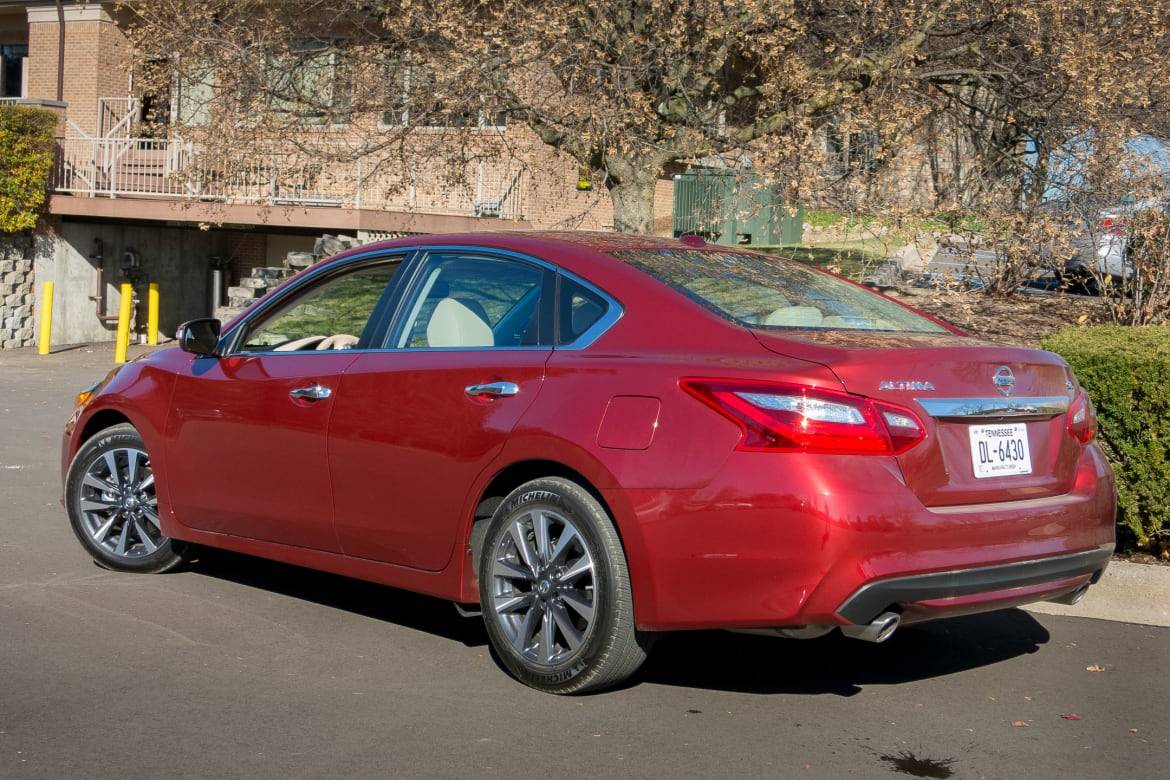
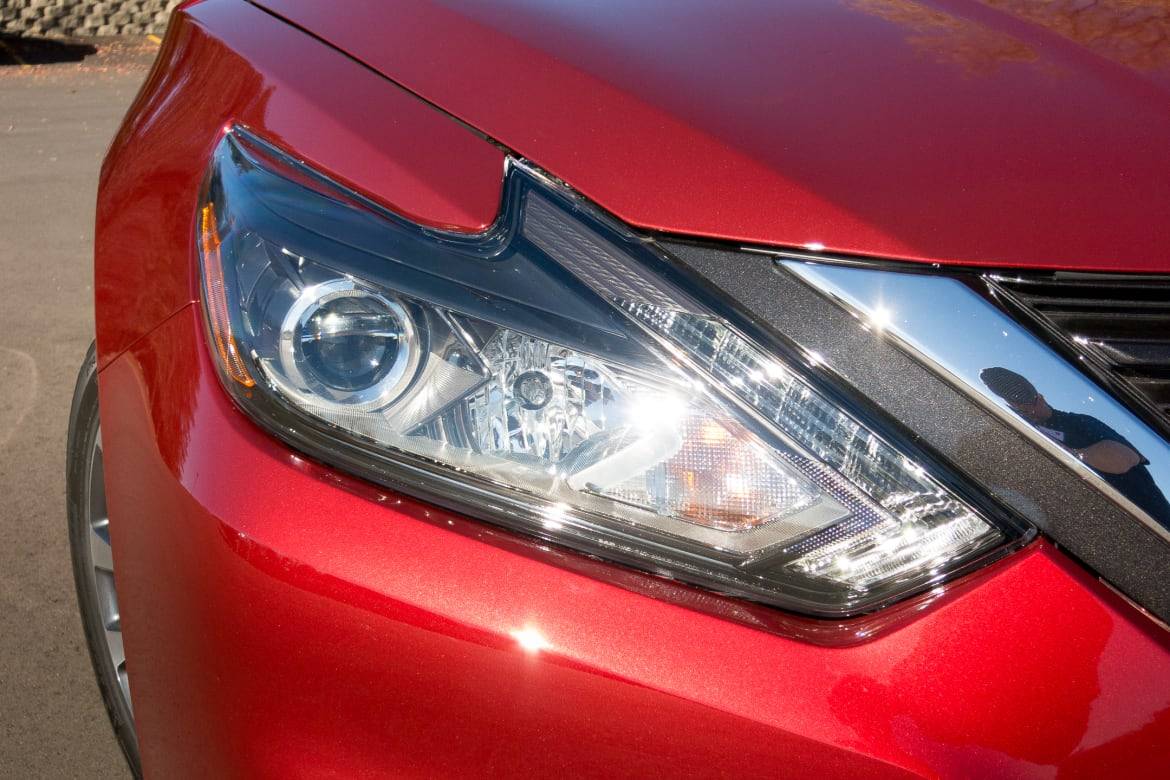
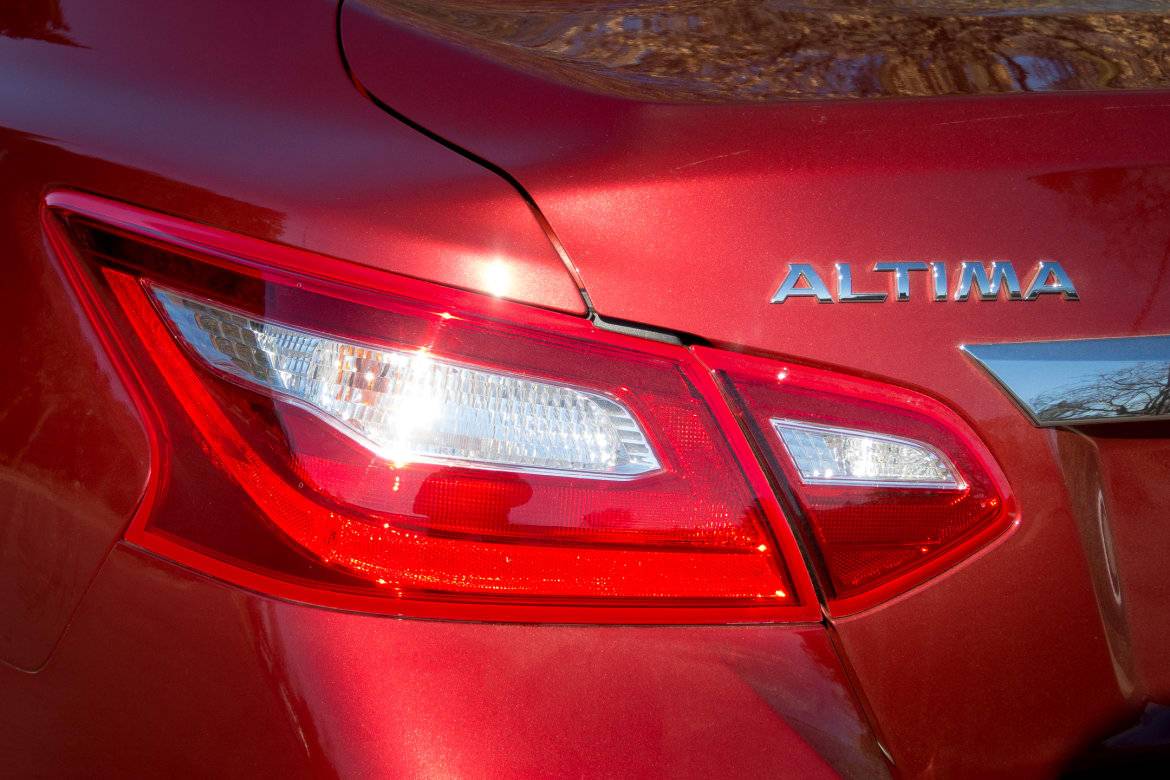

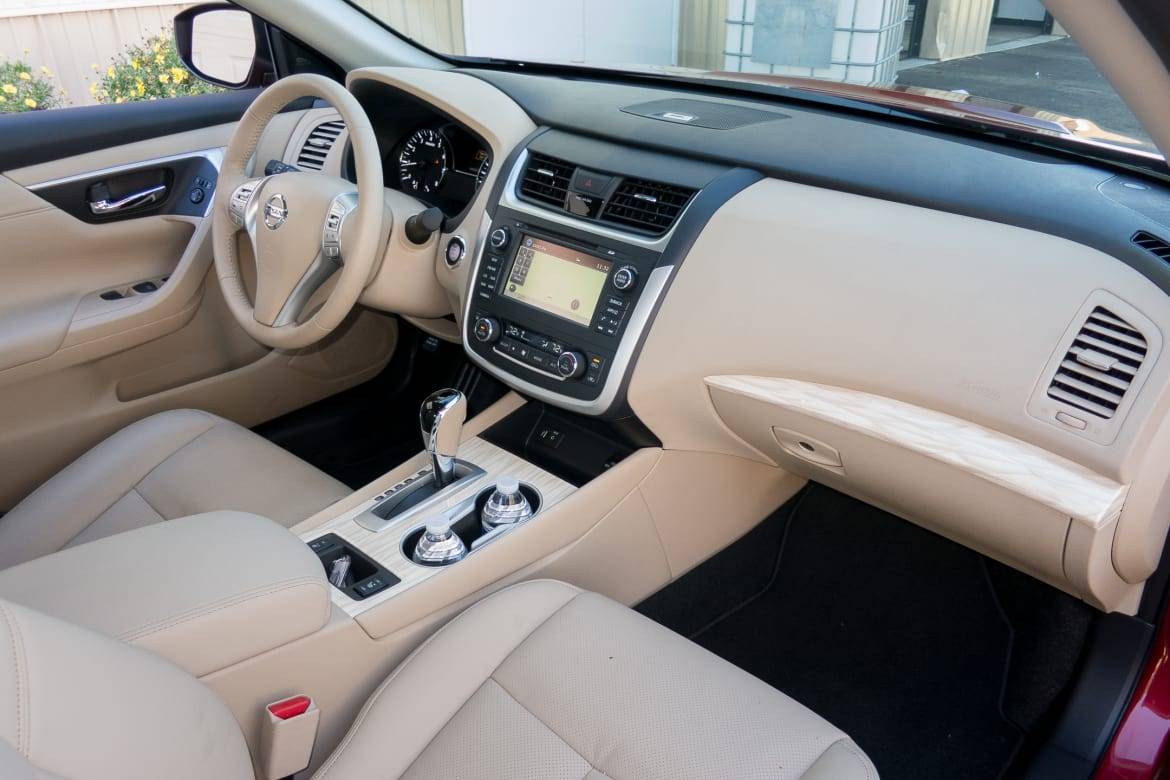
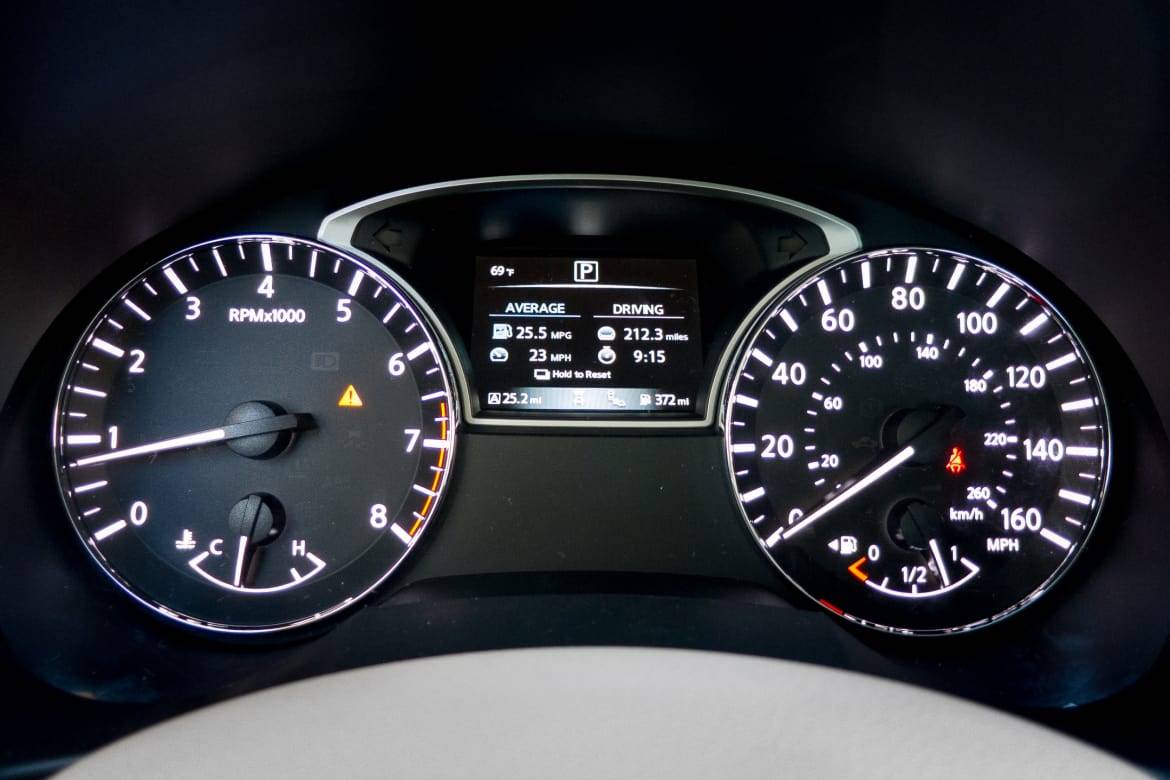

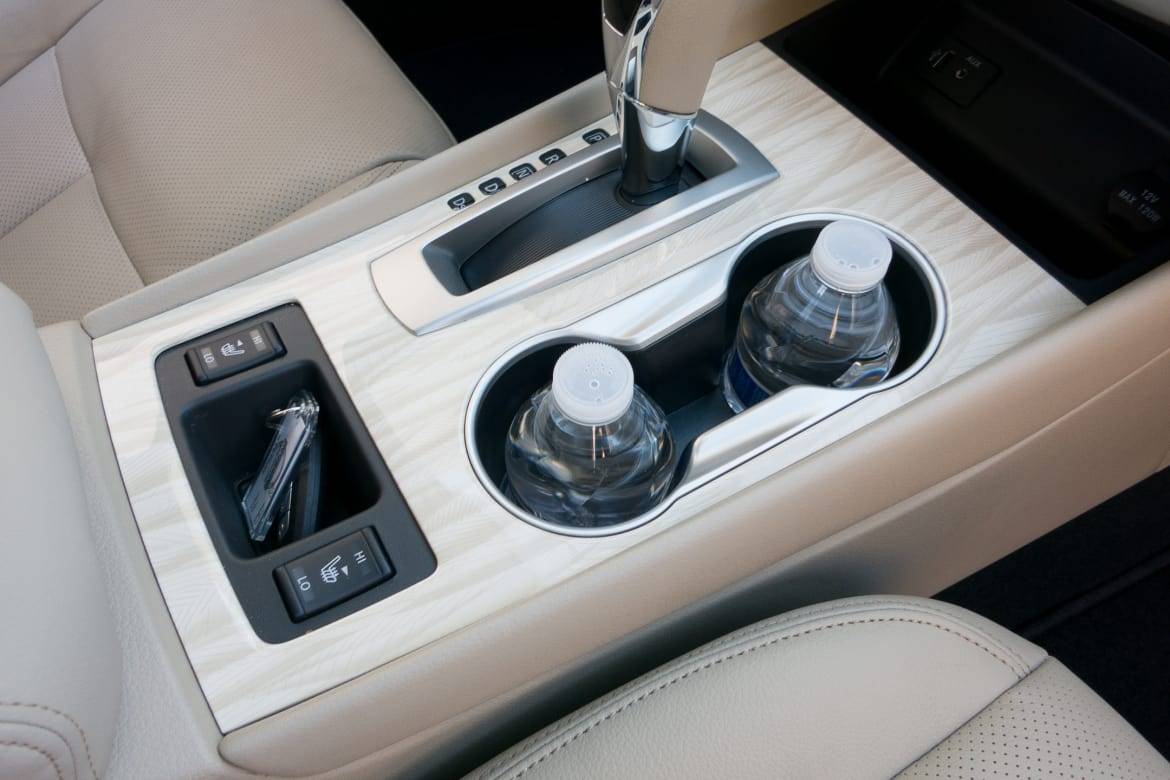
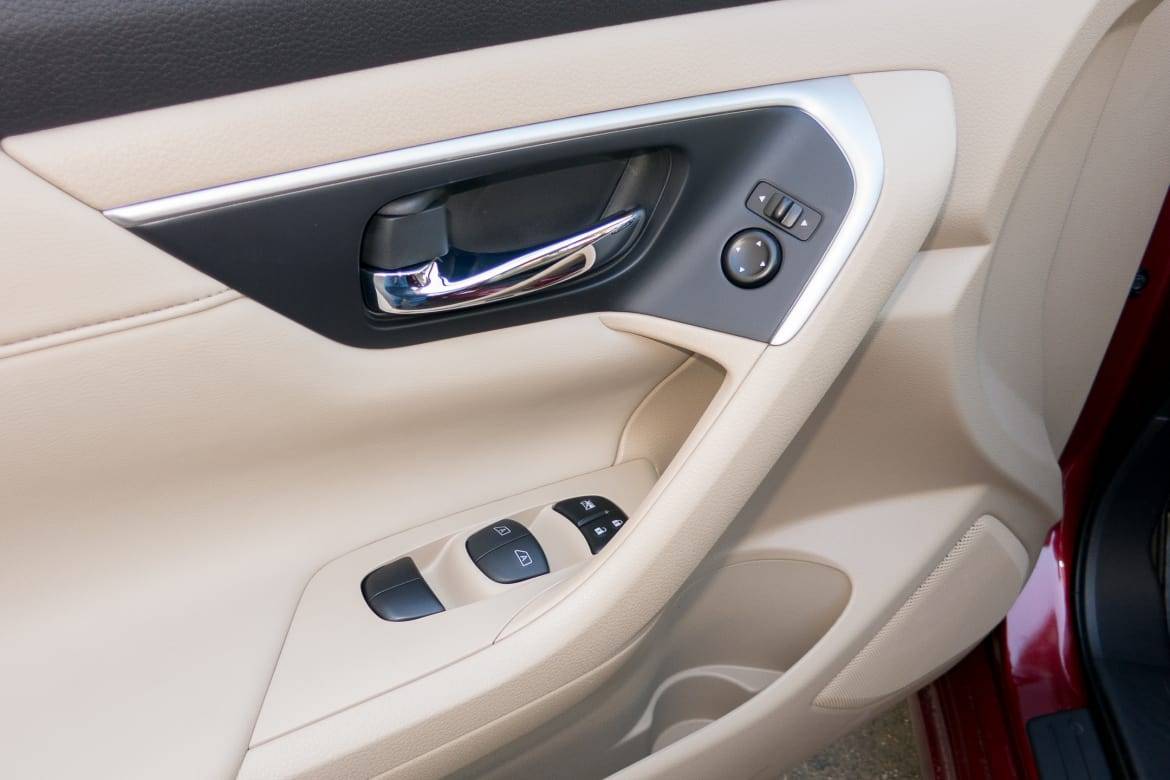
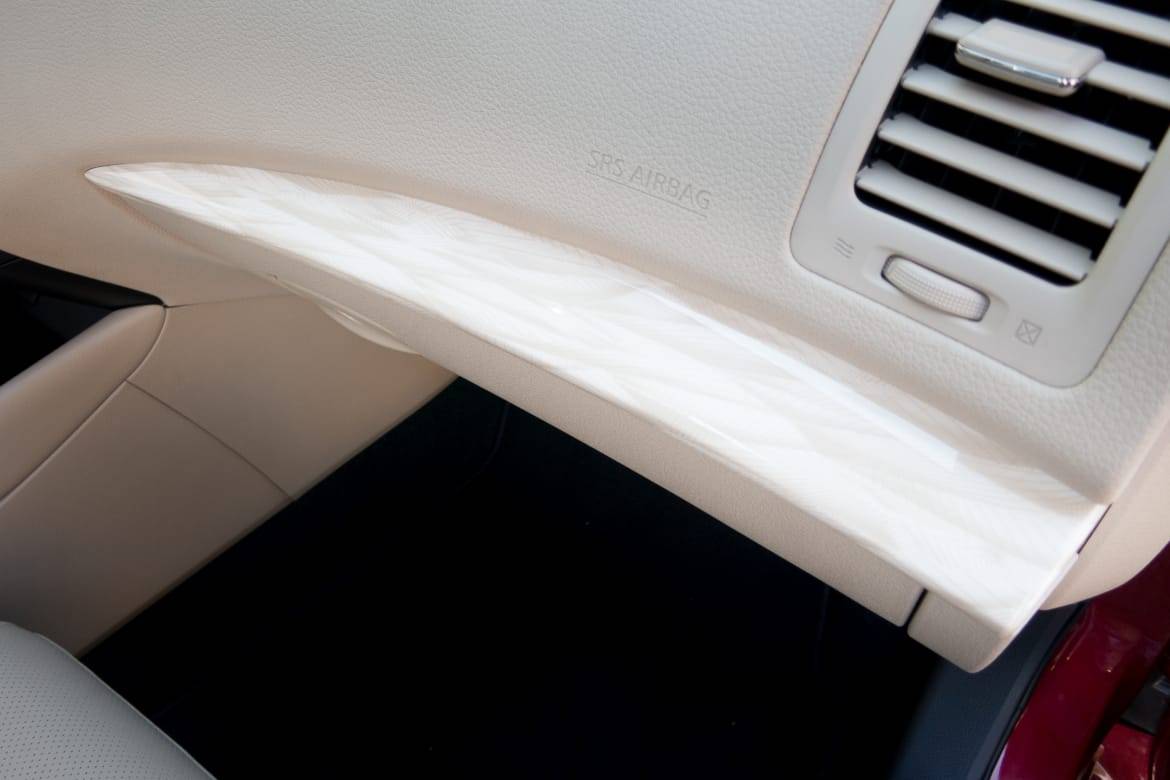
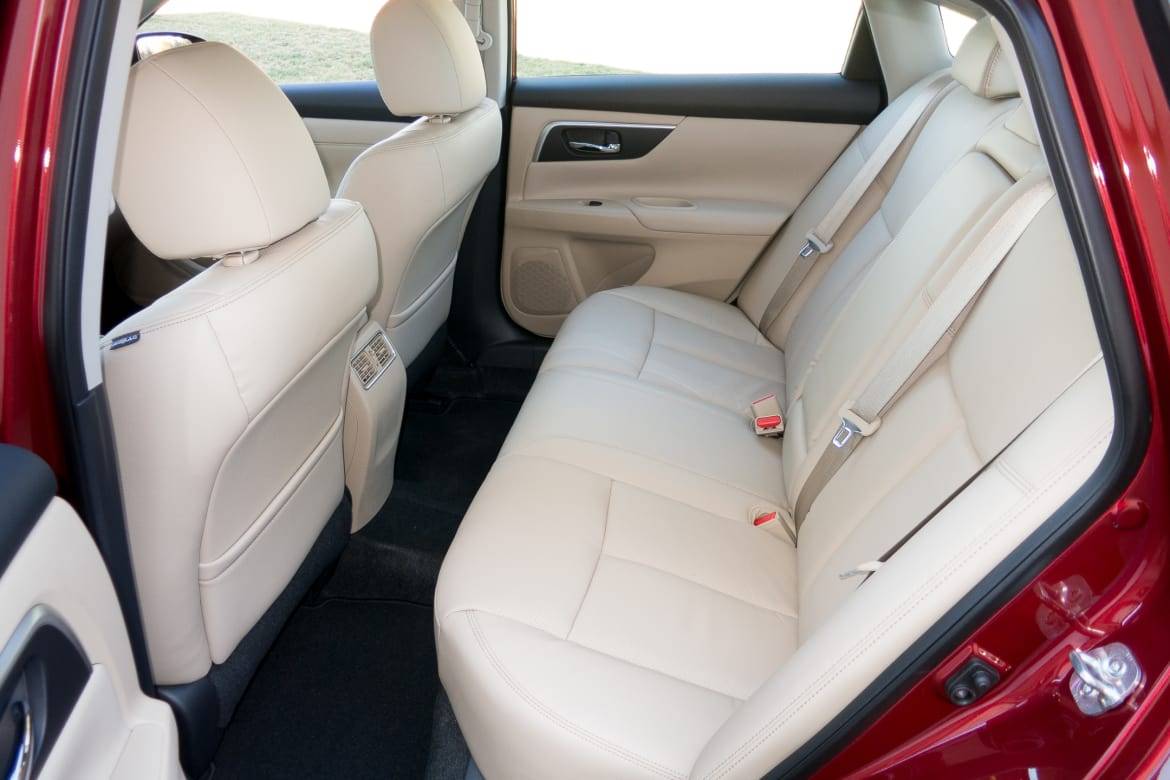













Detroit Bureau Chief Aaron Bragman has had over 25 years of experience in the auto industry as a journalist, analyst, purchasing agent and program manager. Bragman grew up around his father’s classic Triumph sports cars (which were all sold and gone when he turned 16, much to his frustration) and comes from a Detroit family where cars put food on tables as much as smiles on faces. Today, he’s a member of the Automotive Press Association and the Midwest Automotive Media Association. His pronouns are he/him, but his adjectives are fat/sassy.
Featured stories
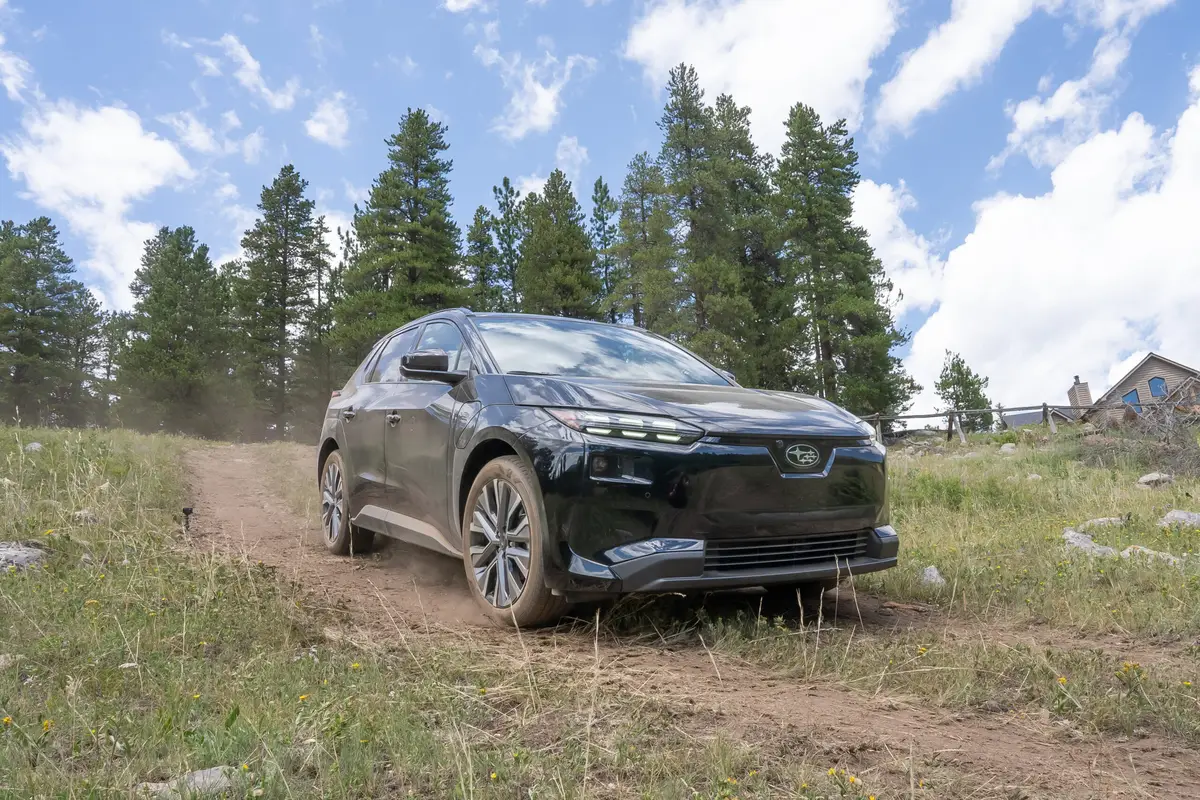
2026 Subaru Solterra Review: Necessary Improvements

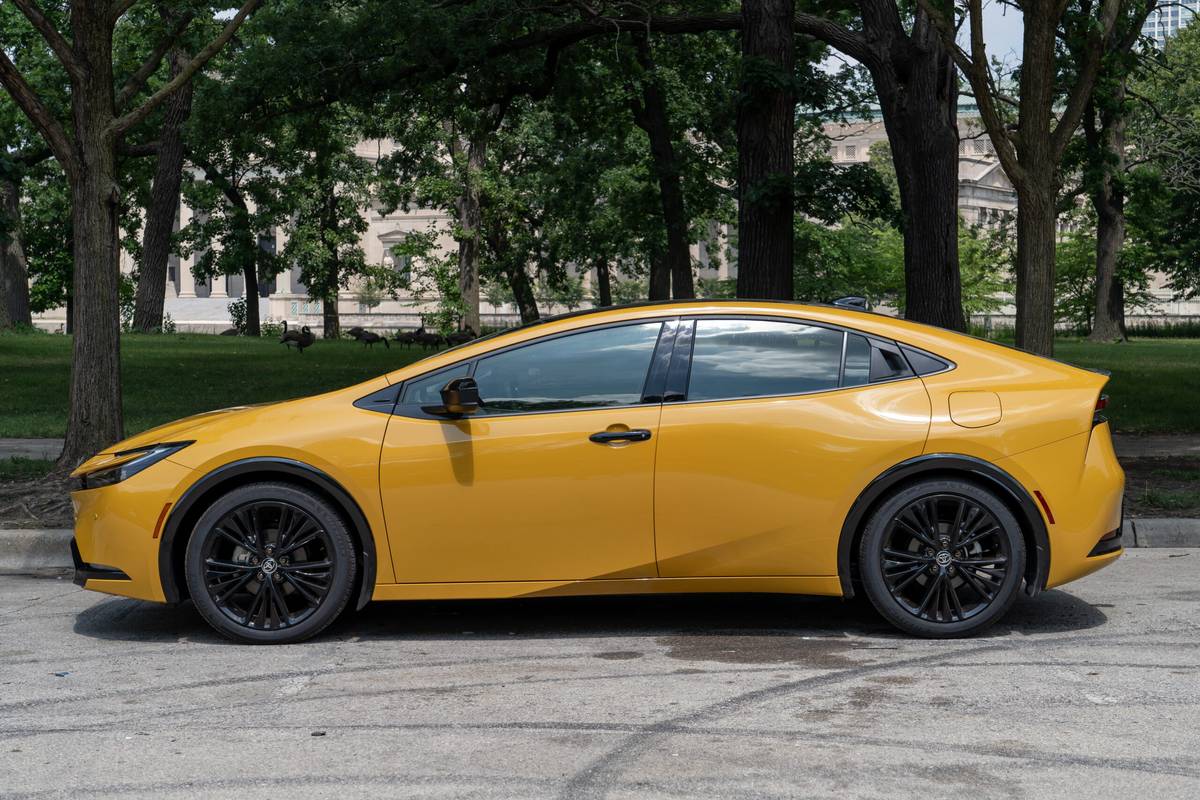
2025 Toyota Prius Review: Big on Mileage, Small on Space

